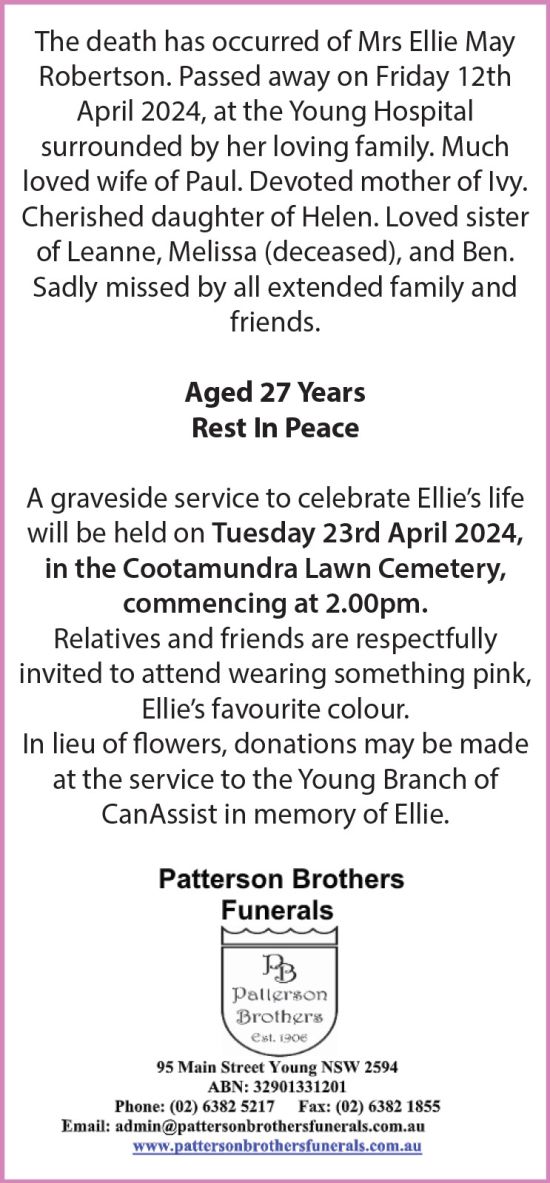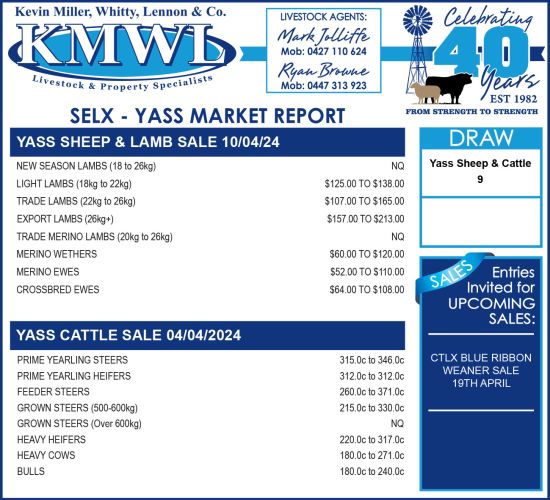What is a granny flat arrangement?
A granny flat arrangement typically involves an older and younger generation making commitments for shared accommodation. Commonly they involve younger members of a family promising to care for and support an older family member whose ability to live independently has diminished. There is often an element of intergenerational transfer of wealth, e.g. the older person may transfer the whole or part of their interest in their home to the younger generation for sub-market or nominal consideration; they may pay for renovations to the younger person’s house, or buy a property in the younger person’s name without having a commensurate, or any, proprietary share disclosed on the legal title.
The legal difficulty
In Spink v Flourentzou [2019] NSWSC 256, the Court reflected on the legal difficulties that arise in these circumstances: ‘The relationship between the elder and younger generation in relation to the property was a domestic one, although of a somewhat more complicated and unusual nature than a relationship between a cohabiting couple. When a claim is made by one party to a domestic relationship to have a beneficial interest in the property in which the parties to the relationship have lived that is different to the interest that arises out of the legal title, complicated questions may arise. Those questions involve issues concerning the intent of the parties at the time the property was acquired, the respective contributions in money and kind, whether the parties have agreed the consequences of a breakdown in the relationship, and what consequences should flow in the absence of any such agreement, if the party with legal title seeks to enforce exclusive ownership’.
The need for careful drafting and independent legal advice
Typically, a legal dispute arises when there is a fundamental change in the dynamics of the family which is not anticipated. For example, the parent may re-partner or need to move into aged care. The child may divorce or separate with family law orders requiring sale of the house, become unable to repay the mortgage, re-partner, or just want to move. These are foreseeable events that should be contemplated when the granny flat arrangement is made.
In all these circumstances, if the older generation and younger generation are on title in proportion to their respective financial contributions to the acquisition of the property, then conventional legal mechanisms are available to return contributions without recourse to contested equity proceedings. Clients should be advised that written agreements are cheaper than litigation.
Considerations when planning
When planning granny flat arrangements, the following questions warrant careful consideration:
- Who provides how much money and when?
- Who owns the real estate?
- If more than one person, in what proportions and what type of co-ownership?
- What does each person receive in return for the thing they provide?
- What are the ongoing obligations, especially with major expenses, care or minding of grandchildren?
- What happens if the original plan becomes unworkable?
- Will the arrangement affect Centrelink entitlements?
- Will the arrangements create tax or stamp duty imposts?
- What are the testamentary ramifications?
Please remember, it is important to see your solicitor for advice with respect to your individual circumstances.
Stay Connected
Subscribe
Get in Contact
Hilltops News to your inbox
Sign up now for the latest news from the Hilltops Area direct to your inbox.




